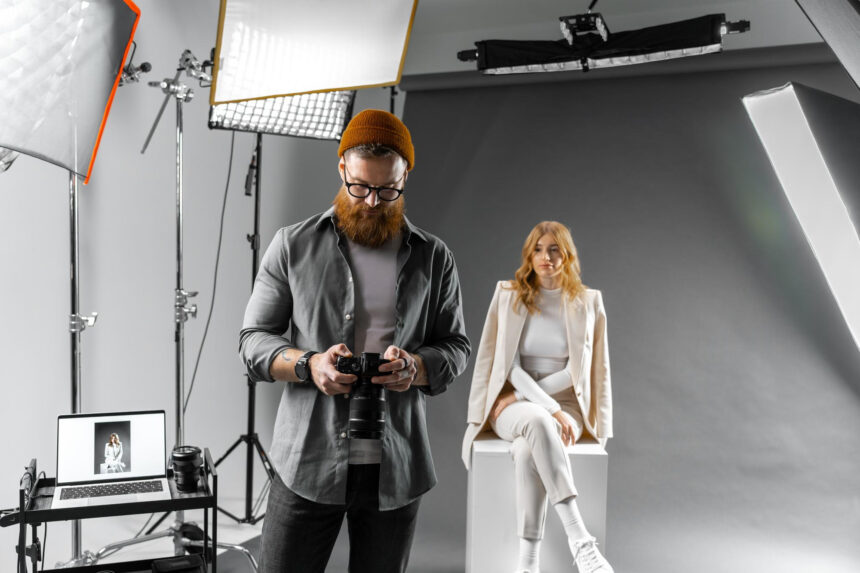A photo studio is a dedicated space where photographers can capture stunning images under controlled lighting and settings. These studios often come equipped with essential tools and backgrounds that help enhance the artistic vision behind each photograph. Whether for a professional shoot or personal projects, a well-designed studio allows photographers to explore their creativity.
Throughout history, photo studio have evolved significantly. Originally small and simple setups, they now range from basic spaces to elaborate environments that accommodate various photography styles, including portrait, fashion, and product photography. Each type offers unique features tailored to specific needs, ensuring versatility for photographers.
Setting up and managing a photo studio requires attention to detail and technical skills. From choosing the right equipment to understanding lighting techniques, successful photographers must also stay updated on industry trends to keep their work fresh and relevant.
Key Takeaways
- Photo studios are essential for controlling lighting and settings in photography.
- Different types of studios cater to various photography styles and needs.
- Managing a studio involves technical skills and knowledge of current trends.
History of Photo Studios
Photo studios have a rich history that reflects the development of photography itself. From early beginnings using natural light to the sophistication of digital technology, these studios have evolved significantly.
Early Photography
The roots of photographic studios trace back to the 1840s. Early pioneers like Henry Fox Talbot and Louis Daguerre developed basic techniques for capturing images. The earliest studios relied heavily on natural daylight, often using windows that filtered sunlight to illuminate subjects.
Studio photography was primarily used for portraiture. It required careful arrangement of props and backgrounds to create visually striking images. The daguerreotype, one of the first successful photographic processes, gained popularity and marked the beginning of commercial photography.
Evolution of the Photo Studio
By the mid-19th century, photo studios became more common. They started to include elaborate backdrops and props. This allowed photographers to enhance their portraits with more artistic elements.
As technology progressed, new processes emerged. The collodion wet plate introduced in the 1850s allowed for sharper images and faster exposures. This was crucial for curating artistic photographs of architecture and landscapes.
In the 20th century, with the introduction of roll film by George Eastman, studios changed again. They became accessible to the average person. Studios now included facilities for both professional and amateur photographers, expanding the market for photography.
Digital Age Advancements
The late 20th century led to the most dramatic changes in photo studios with the rise of digital photography. Digital cameras made photography easier and more convenient. Studios shifted away from traditional film processing to digital editing software.
This allowed for rapid photo editing and improved image quality. Photo studios could now offer services like digital retouching and special effects.
The emergence of social media further influenced studios. For example, many studios began to focus on creating shareable content, adapting to trends and client demands. This transformation reflects how technology continues to shape the photography landscape.






